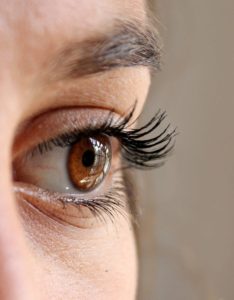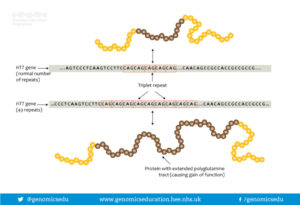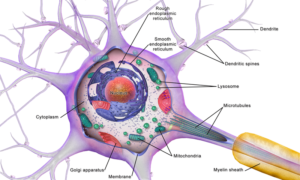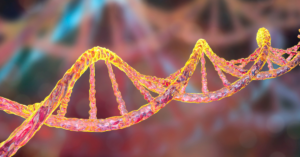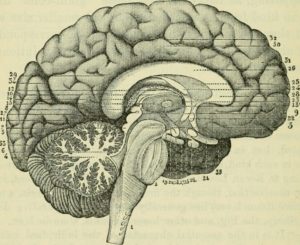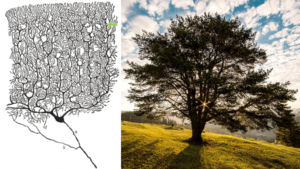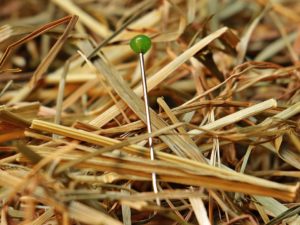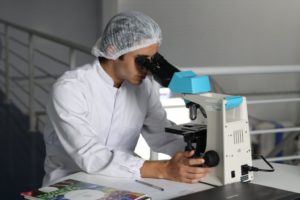
A Combined Approach to Treatment: Targeting PAKs in SCA1
Written by Carrie A. Sheeler Edited by Dr. Marija Cvetanovic Group 1 p21-associated kinases (PAKs) present a new avenue for SCA1 research. Spinocerebellar ataxia type 1 (SCA1) is caused by a specific mutation in the Ataxin1 gene, which causes the protein that’s made from that gene (also called Ataxin1) to Read More…


